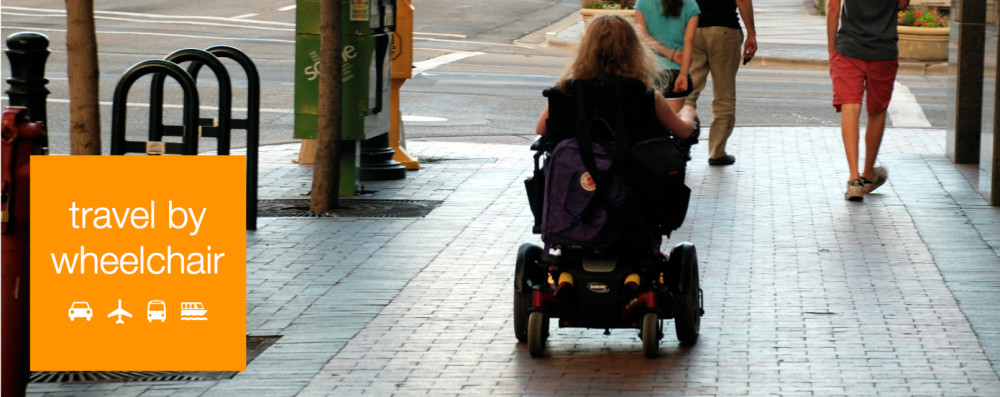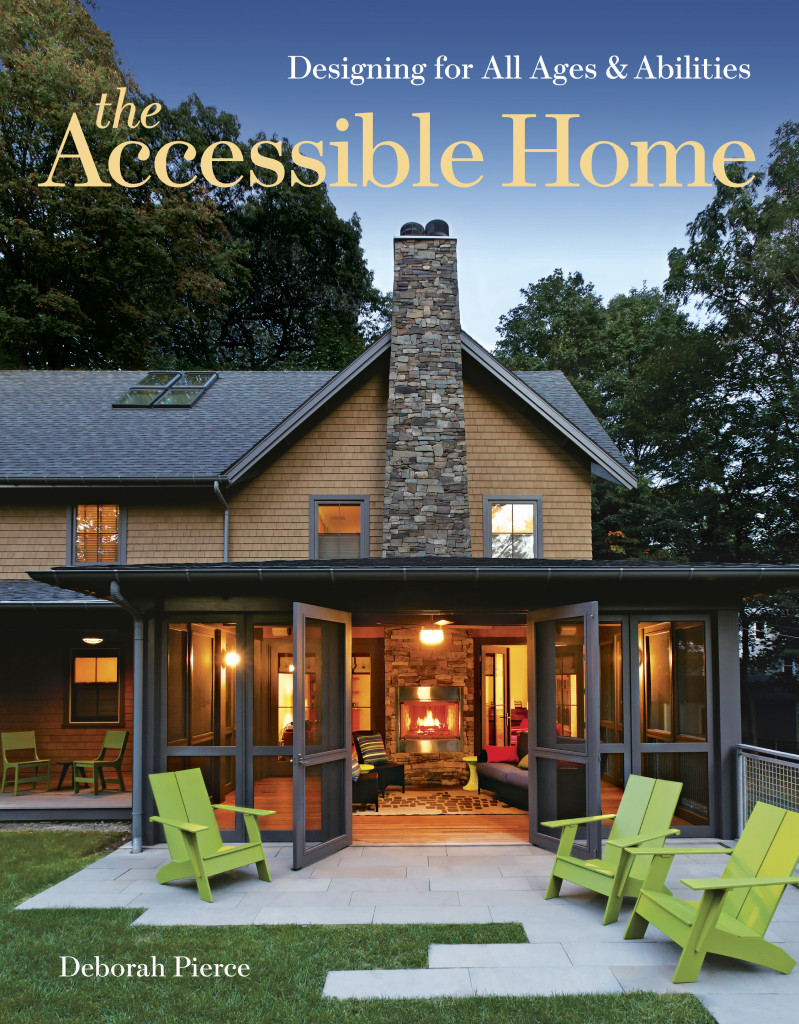Looks like the dates are already confirmed for the 2014 National Abilities Expo in Boston: September 5-7 at the Boston Convention and Exhibition Center. Admission is free. If you visit their website, you’ll see what workshops were offered at this year’s expo earlier this fall.
This year’s event was a treasure trove of information. I was particularly interested in architect Deborah Pierce’s presentation on the book she wrote, The Accessible Home, Designing for All Ages and Abilities, since my husband and I have both renovated an older home for accessibility and then, six years later, built a more fully accessible home from the ground up. (Pierce interviewed us for the chapter on child-centered homes.) I wasn’t the only one interested – there was standing room only for her talk and slideshow!
Pierce compiled 25 case studies of accessible homes for this comprehensive book. Her goal is to give families who are remodeling their homes a vision, so that they can incorporate accessible features in a harmonious and creative way. As Deborah says: “Homeowners are easy prey for a building industry eager to plunk elevator shafts against walls and cut holes in historic porches so that metal ramps can be installed near the front door. Property values plummet with poorly conceived alterations….” She goes on to say that she still sees a need for vision in designed or modifying homes for those living with a disability; she closes that she “wrote this book to take disability out of the closet.”
And I’d say that she did. I think anyone could find something in this book that resonates for them and looks like someplace they could call home. The spaces she describes and photographs are thoughtful, warm, inviting, peaceful, and engaging. None of them shout out “disability here!” Pierce’s book covers all the bases, whether you are renovating a space or building from scratch, from loft space to second home, for people in wheelchairs to those who want to age-in-place.
I particularly love the chapter on “visitability,” which is the concept that even if you or someone you live with does not have a disability, you consider making your home “visitable” when building or renovating. A “visitable” house, in Pierce’s book, is one with an accessible entrance, 32” wide doorways for access to rooms, and an accessible bathroom. The Council for Disability Awareness compiled statistics (updated July 2913) on disabilities, one of which is that about 1 in 4 of today’s 20-year-olds will become disabled before retirement. When you add in aging parents (not to mention the aging baby boom generation, and we know how many of them there are!), there’s a good chance that at some point, someone you love won’t be able to visit you if the basic accessible, “visitable,” features aren’t in place.
Pierce’s book invites you to sit down with it and dream about your future space, wherever and whenever it comes to pass. You can buy her book through Taunton Press (it’s $6 more than it is on Amazon, but there’s a feature whereby you can look through the text before committing.) And please check out her Accessible Home Facebook page!

